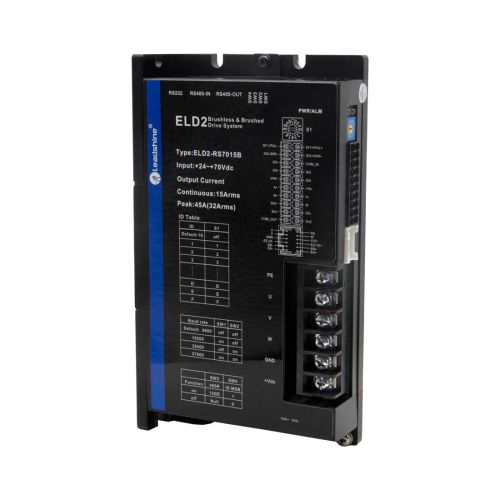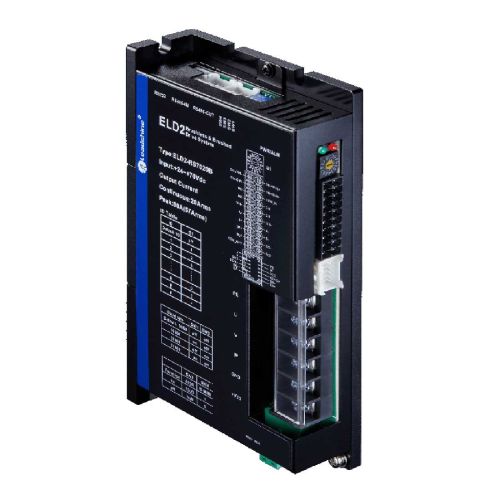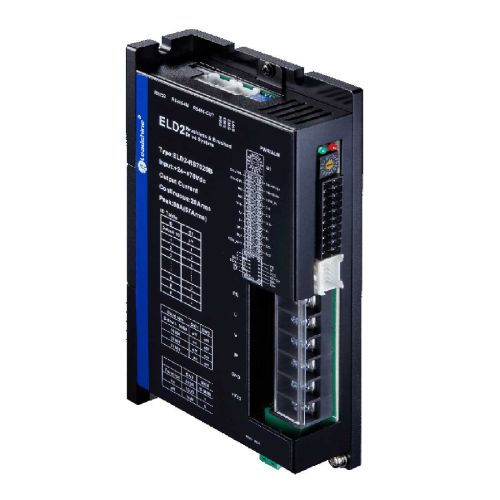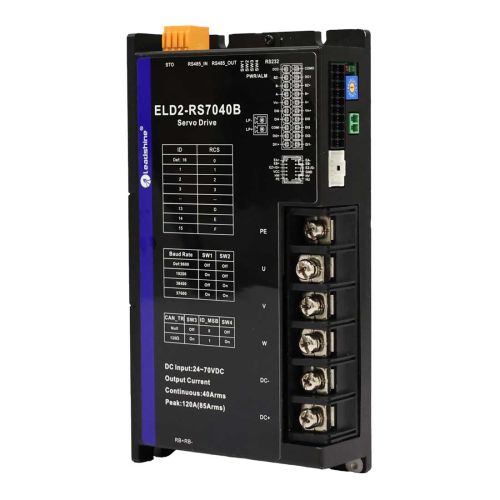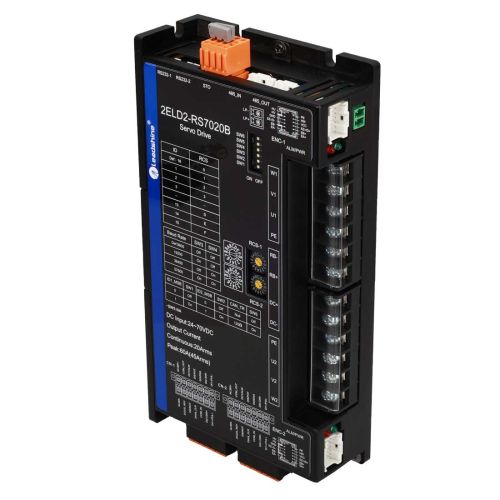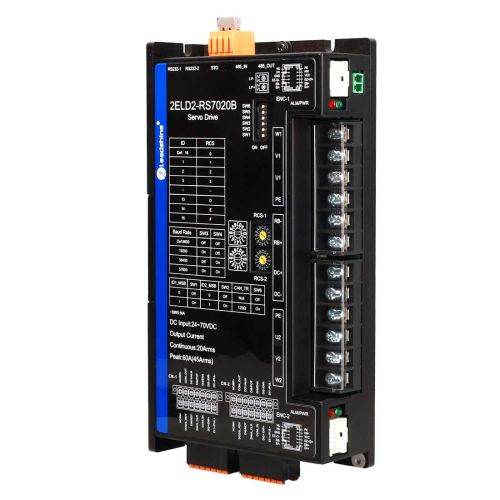Search results for: 'applications brushless dc motors theory'
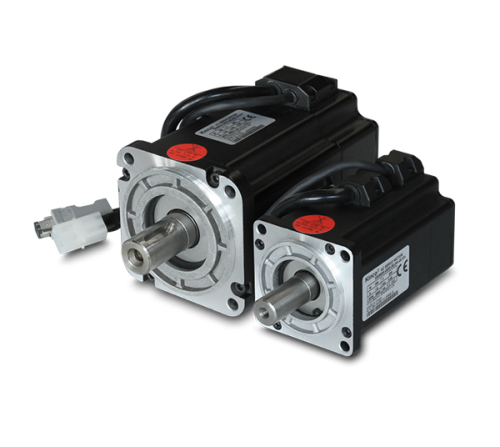 SMC60S-0020-30MAK-3DSU(Low Voltage DC Servo Motor )£151.08 £125.900 in stock. (If not in stock expect 4-6 weeks)More Information on Shipping
SMC60S-0020-30MAK-3DSU(Low Voltage DC Servo Motor )£151.08 £125.900 in stock. (If not in stock expect 4-6 weeks)More Information on Shipping SMC60S-0040-30MAK-3DSU(Low Voltage DC Servo Motor )£161.26 £134.380 in stock. (If not in stock expect 4-6 weeks)More Information on Shipping
SMC60S-0040-30MAK-3DSU(Low Voltage DC Servo Motor )£161.26 £134.380 in stock. (If not in stock expect 4-6 weeks)More Information on Shipping SMC80S-0075-30MAK-3DSU(Low Voltage DC Servo Motor )£190.39 £158.660 in stock. (If not in stock expect 4-6 weeks)More Information on Shipping
SMC80S-0075-30MAK-3DSU(Low Voltage DC Servo Motor )£190.39 £158.660 in stock. (If not in stock expect 4-6 weeks)More Information on Shipping SMC60S-0020-30AAK-3DSH(Low Voltage DC Servo Motor )£198.89 £165.740 in stock. (If not in stock expect 4-6 weeks)More Information on Shipping
SMC60S-0020-30AAK-3DSH(Low Voltage DC Servo Motor )£198.89 £165.740 in stock. (If not in stock expect 4-6 weeks)More Information on Shipping SMC60S-0040-30AAK-3DSH(Low Voltage DC Servo Motor )£213.31 £177.760 in stock. (If not in stock expect 4-6 weeks)More Information on Shipping
SMC60S-0040-30AAK-3DSH(Low Voltage DC Servo Motor )£213.31 £177.760 in stock. (If not in stock expect 4-6 weeks)More Information on Shipping- SMC80S-0075-30AAK-3DSH(Low Voltage DC Servo Motor )£255.74 £213.120 in stock. (If not in stock expect 4-6 weeks)More Information on Shipping
- ELD2-RS7005 - DC Servo Drive - DC Servo Drive£135.48 £112.900 in stock. (If not in stock expect 4-6 weeks)More Information on Shipping
- ELD2-RS7015B - DC Servo Drive - DC Servo Drive£200.00 £166.670 in stock. (If not in stock expect 4-6 weeks)More Information on Shipping
- ELD2-RS7020B - DC Servo Drive - DC Servo Drive£225.80 £188.170 in stock. (If not in stock expect 4-6 weeks)More Information on Shipping
- ELD2-RS7030B - DC Servo Drive - DC Servo Drive£249.47 £207.890 in stock. (If not in stock expect 4-6 weeks)More Information on Shipping
- ELD2-RS7040B - DC Servo Drive - DC Servo Drive£329.03 £274.190 in stock. (If not in stock expect 4-6 weeks)More Information on Shipping
- ELD2-RS7060B - DC Servo Drive - DC Servo Drive£387.10 £322.580 in stock. (If not in stock expect 4-6 weeks)More Information on Shipping
- 2ELD2-RS7020B - DC Servo Drive - DC Servo Drive£408.60 £340.500 in stock. (If not in stock expect 4-6 weeks)More Information on Shipping
- 2ELD2-RS7030B - DC Servo Drive - DC Servo Drive£451.61 £376.340 in stock. (If not in stock expect 4-6 weeks)More Information on Shipping
- ELD2-CAN7005B - DC Servo Drive - DC Servo Drive£150.54 £125.450 in stock. (If not in stock expect 4-6 weeks)More Information on Shipping
- ELD2-CAN7015B - DC Servo Drive - DC Servo Drive£208.61 £173.840 in stock. (If not in stock expect 4-6 weeks)More Information on Shipping
- ELD2-CAN7020B - DC Servo Drive - DC Servo Drive£234.41 £195.340 in stock. (If not in stock expect 4-6 weeks)More Information on Shipping
- ELD2-CAN7030B - DC Servo Drive - DC Servo Drive£258.06 £215.050 in stock. (If not in stock expect 4-6 weeks)More Information on Shipping
- ELD2-CAN7040B - DC Servo Drive - DC Servo Drive£354.84 £295.700 in stock. (If not in stock expect 4-6 weeks)More Information on Shipping
- ELD2-CAN7060B - DC Servo Drive - DC Servo Drive£408.60 £340.500 in stock. (If not in stock expect 4-6 weeks)More Information on Shipping

